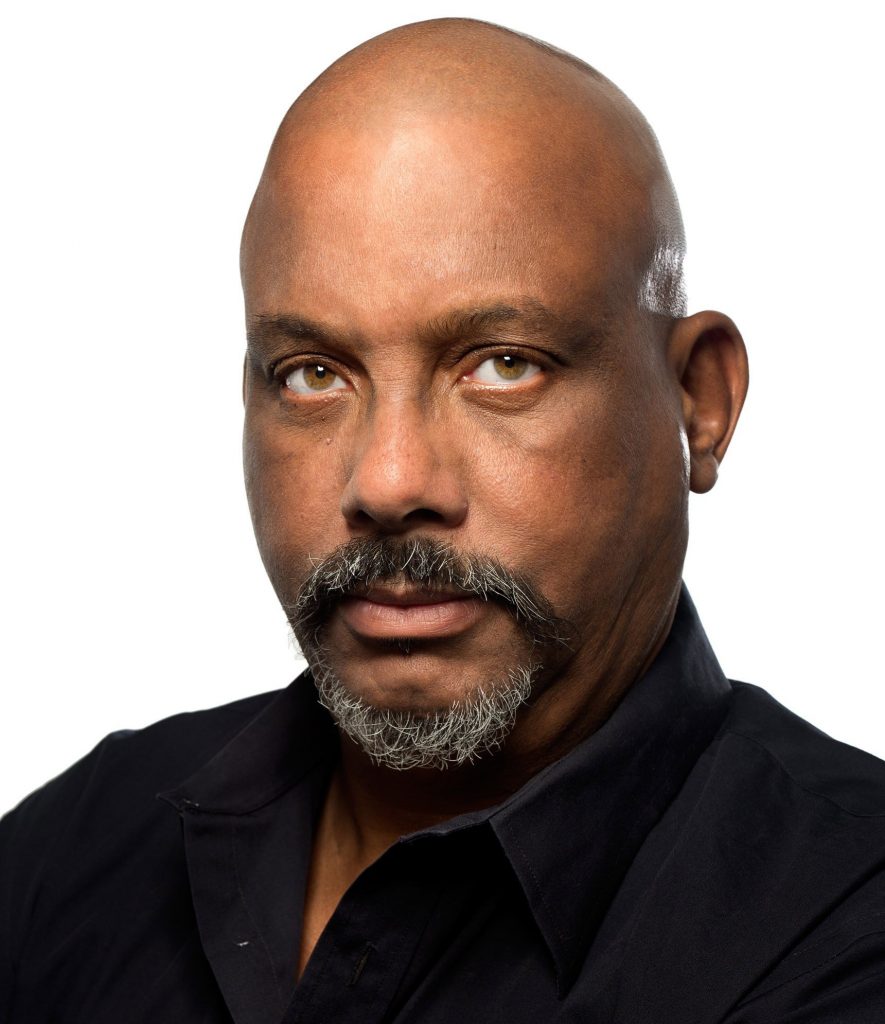How AI is changing photography

ARTIFICIAL intelligence (AI) has been embedded in modern cameras for decades. From the moment it became possible to program cameras to compensate for the nuances of exposure, the craft entered an era in which programming would begin to play an increasingly sophisticated role in image capture.
An embedded database of possible image configurations driven by basic code to guide exposure for film has now evolved into more sophisticated analysis of image subject matter and increasingly invisible manipulation of the data captured by modern cameras.
Smartphones now routinely map the depth of subjects from multiple camera viewpoints, stitch multiple images together seamlessly and stack multiple exposures to increase the dynamic range of tiny sensors.
At PhotoPlus Expo last week in New York, Skylum software’s Alex Savsunenko spoke on a panel exploring this pivotal point in digital photography’s evolution. “There’s no such thing as AI,” Savsunenko said. “We don’t properly know what human intelligence is, so we have no idea what an artificial intelligence might be.”
The software developer, whose company produces a Photoshop competitor called Luminar (http://ow.ly/UfRu30mqU90) and an AI driven photo correction tool called Photo Lemur, announced that his company would be introducing AI-managed selection control, professionally known as masking, to Luminar before the end of the year.
Savsunenko sides with chess master Garry Kasparov who believes that AI should properly be called assistive intelligence, a way of augmenting human intuition, though that might be only an interim way of referencing the technology as it continuously improves.
Also speaking was Richard Carriere who demonstrated Cyberlink Power Director 17, a video editing tool with add-on plug-ins (http://ow.ly/NqGi30mqTS2) that use AI to run filters on live footage that renders it in painterly styles, such as Impressionist or Van Gogh.
YouCam, an app for improving video captured during a web conferencing call has enjoyed significant success as a smartphone app variously known as Makeup Director and YouCam Makeup, which add virtual makeup to a selfie photo and has found a place on the phones of 700 million users.
What the software does is beyond the capabilities of even a top of the line smartphone, so the footage toes to powerful servers that render the final clips. “A lot is happening in the cloud,” Carriere said, “where significant horsepower can be brought to bear.”
Savsunenko describes the current state of AI as supervised learning, software routines that references a large database of images and responds appropriately to the arrangement of data it finds. “Since 2001, neural nets have been used to analyse image content,” he said, “now machine learning, working in tandem with faster and more powerful processors, enables deeper analysis of image content.”
Skylum isn’t only targeting photographers. The company hints at other AI driven products on its blog, including an enterprise level product called PictureSpeed which the company claims will do next generation noise reduction and upscaling for clients with massive image databases.
The company will release an upgrade to Luminar this week which uses AI to identify and select sky elements for transformation.
“Within ten years, you won’t need a camera to make an image, software will be able to synthesise a photo by working from a list of descriptive terms.”
“Development is happening quickly now because data is becoming common knowledge much faster.” In a matter of months, any major software development can be reverse engineered and duplicated, Savsunenko explained, “the difference comes in how you apply that information, on the idea you hang it on.”
Mark Lyndersay is the editor of technewstt.com. An expanded version of this column can be found there.


Comments
"How AI is changing photography"